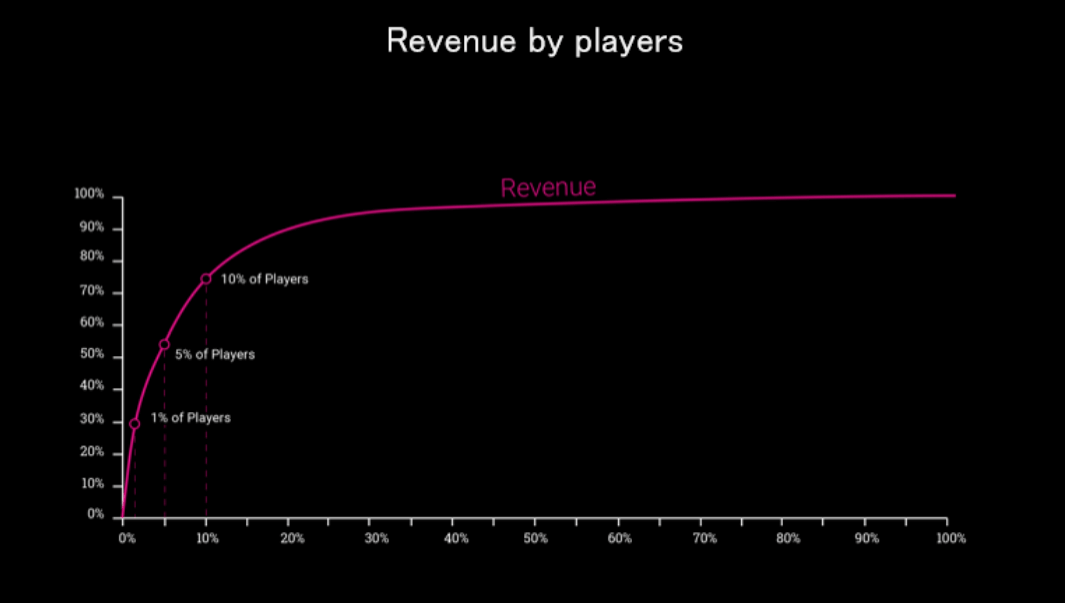6 types of paying players
What are the paying users and how to work with them, – said the marketing company Optimove. We present a brief version of the material about the typology of the most coveted players by developers.

New Non-paying Player (New Non-Spender)
A player who downloaded or registered in the game, but did not make a single payment in the first 14 days. About 34% of all paying users make the first payment only after the first two weeks of the game.
“The task when working with this segment is conversion. Patience is the key. It is very important to quickly attract these players in the first days after registration. The goal is to motivate them to take active actions in the game. Only then should we start pushing them to pay,” says Moshi Demri, Optimove‘s Director of strategic services.
New Paying Players (New Spenders)
These are those users who have not yet had 14 days from the date of the first payment.
In order to earn on the willingness to pay, you need to be able to quickly target your audience, since the second payment in 39% of cases is made on the second day after the first and in 64% of cases next week.
“New paying players have a higher LTV compared to those who convert later. Be aggressive during this period and make sure that the game is fun. Gamified campaigns can work well here (for example, three payments in three days open a bonus for the fourth) or beginner’s kits,” Demri reveals.
Active Paying Player (Active Spender)
A player who has spent money in the game on two different days in the last two weeks. This group usually includes whales – 1% of the players responsible for 30% of the revenue of most games.
“Considering that 5% of the most active players are responsible for 55% of payments, game operators should know their 5% well. This means that it is necessary to monitor their activity on a daily basis and contact them after important events, such as big victories, defeats and changes in the level,” Demri insists.

Active Non-paying Player (Active Non-Spender)
These are the players who spent money on the game and are still playing, but have not made another payment for more than 21 days. Potentially, this group signals a problem in the in-game economy.
“Players who have previously spent a lot and recently stopped doing so should receive significant offers with bonuses in case of making large payments. On the other hand, players who stopped paying a long time ago should receive small offers that will be able to return them to the practice of making purchases,” Demri notes.
The departed paying Player (Churn Spender)
This is the name of those paying players who do not return to the game for more than 21 days. This group can potentially be brought back by targeting [presumably advertising] and updates.
“The task when working with this segment is their return (…) It is important to track whether this is the first care. By observing the number of users who have left (and returned), it is possible to predict when each player really risks leaving the game, and when he just needs time to rest (…) Length of service is also a talking parameter. Users who left after 90 days of playing are more likely to be returned compared to those who stayed in the game less (or more),” explains Demri.
Returning Paying Players (Reactivated Spenders)
These are the players who have gone through the entire cycle – from the active payer to the departed payer. They are in the game now. Most likely, they will leave again soon, so they need a lot of attention.
“The task is to re–grow the players so that they stay active as long as possible,” concludes Demri.
Source: VentureBeat